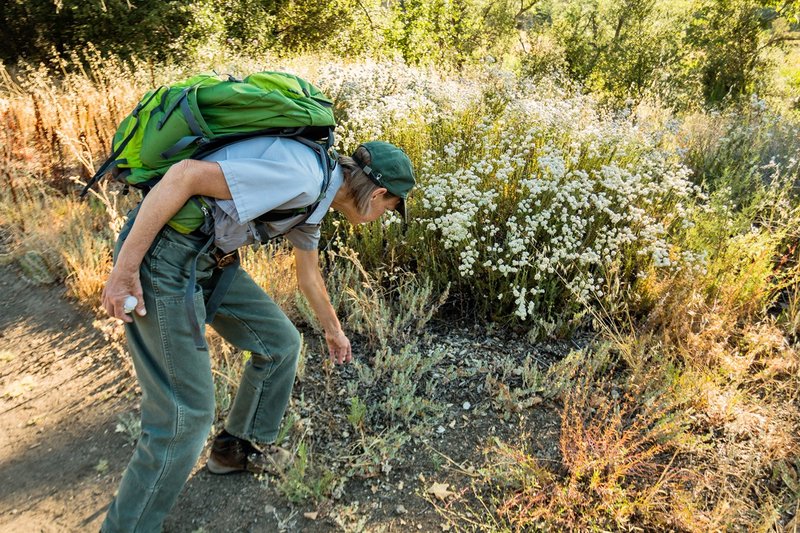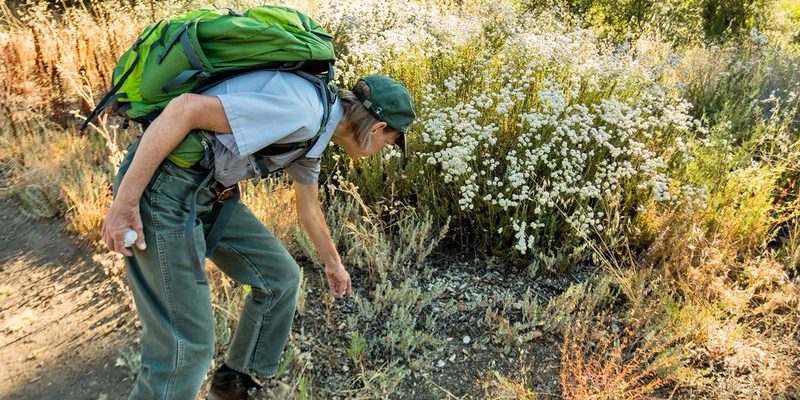
In this article, we’ll dive into the best practices for keeping track of garden invasives. By understanding how to report them and monitor their spread, you can protect your garden and help create a healthier ecosystem. Let me explain how you can be proactive about this issue, share some tools you can use, and even offer some real-life examples of how to tackle these unwanted guests.
Why Reporting Invasives Matters
When we talk about garden invasives, we’re referring to non-native plants that disrupt local ecosystems. Reporting them helps in several ways. First, it raises awareness within the gardening community. By sharing information, you can encourage others to look out for these invasive species, creating a united front against invasive plants.
Think about it this way: if you see a friend struggling to notice a weed creeping into their garden, wouldn’t you want to point it out? The same goes for reporting. It’s not just about your own space; a single invasive plant can spread quickly to neighboring gardens. The more eyes that are aware, the greater the chance we have to manage these species before they take over.
Additionally, many local governments and organizations track invasive species to develop management strategies. If you report sightings, you contribute valuable data that could help in larger conservation efforts. It’s like being part of a community watch, but for plants!
Identifying Common Garden Invasives
Before you can report an invasive species, you need to know what to look for. Some of the most common garden invaders include:
- Kudzu: Known for its rapid growth, this vine can consume everything in its path.
- Japanese Knotweed: This perennial is notorious for its bamboo-like stems and can damage structures.
- English Ivy: While popular in landscaping, it can choke out native plants when it escapes gardens.
To eliminate invasives effectively, understanding their unique traits is essential. Usually, these plants:
– Grow quickly, often outpacing native plants.
– Reproduce prolifically, either through seeds or roots.
– Establish deep-root systems, making them hard to remove.
You might be wondering why it’s so important to identify them accurately. Imagine trying to get rid of a weed that looks similar to your beloved flower—you might cause more harm than good. So, take a moment to learn about the invasives in your area. There are numerous resources and apps designed to help you identify them visually and by their characteristics.
How to Report Invasive Species
Once you’ve spotted an invasive plant, reporting it is the next step. Here’s a simple way to get started:
1. Document the Plant: Take clear photos of the plant from multiple angles, including close-ups of leaves, flowers, and seeds.
2. Note the Location: Write down the exact spot where you found the invasive. GPS coordinates are even better if you have them!
3. Contact Local Authorities: Most regions have a dedicated line or online portal for invasive species reporting. Be sure to find out who manages invasive species in your area, whether it’s a local garden club, environmental group, or government agency.
4. Use Apps: There are several apps, like iNaturalist or EDDMapS, that make reporting simple. You can upload your photos and information directly, and they often share data with conservation organizations.
By following these steps, you become part of the solution, helping others and ensuring that garden invasives don’t wreak havoc in your area.
Monitoring Invasive Growth
After reporting, it’s crucial to keep an eye on the situation. Here’s how to effectively monitor invasive species:
– Create a Regular Check-In Schedule: Set aside time weekly or monthly to assess your garden and surrounding areas for any signs of invasive species. Early detection is key!
– Keep a Journal: Document your findings, including dates and locations, as well as how much the invasive species has spread. This can help you recognize patterns and address the issue more efficiently.
– Engage With Others: Connect with fellow gardeners. Share your observations and learn from their experiences. They may have dealt with similar issues and can offer valuable tips.
By staying vigilant and proactive, you can manage invasives before they become a major headache. Remember, even small efforts can result in big changes.
Removing Invasive Species
Of course, identifying and reporting is just the first part of the battle. When it comes to actually dealing with invasives, you have a few different strategies, depending on the type of plant you’re facing. Here are some common removal methods:
1. Manual Removal: For smaller or less established invasives, pulling them out by hand can be effective. Make sure you remove the entire root to prevent regrowth.
2. Cutting: For larger plants, cut them back regularly. This can prevent them from flowering and spreading seeds.
3. Herbicides: In some cases, applying targeted herbicides may be necessary. Be sure to follow the instructions carefully and consider the impact on surrounding plants and wildlife.
You might be thinking it’s a lot of work, but every small effort counts. It’s like planting a tree: you won’t see its full benefits right away, but with consistent care, you can build a healthier garden in no time.
Engaging Your Community
Sometimes tackling invasive species feels overwhelming, and that’s where community involvement shines. Collaborative efforts can significantly enhance your impact. Here are a few ideas for engaging with fellow gardeners or neighbors:
– Host Workshops: Organize events to share information and techniques for identifying and removing invasives. You’d be surprised how many people are interested in joining the fight!
– Participate in Clean-Up Days: Collaborate with local organizations for park clean-ups or community gardens. It’s a great way to bond while doing good!
– Create a Social Media Group: Start a local online group where people can share their findings, track trends, and support each other’s efforts.
By building strong community ties, not only do we strengthen our gardens, but we also foster a shared responsibility for our environment.
The Importance of Ongoing Education
Finally, staying informed is crucial for effectively dealing with garden invasives. The landscape of invasive species changes over time, so ongoing education is vital. Here’s how you can enhance your knowledge:
– Join Gardening Groups: Many organizations have newsletters, workshops, and online forums that keep you updated on the latest invasive species trends and best practices.
– Read Books and Articles: Whether it’s a gardening book or online resources, staying educated helps you stay ahead.
– Attend Local Events: Many communities host talks and seminars on invasive species and gardening best practices. It’s a fun way to learn and meet new people!
Investing time into education pays off by equipping you with the knowledge to tackle invasives effectively and foster a vibrant gardening community.
In conclusion, managing garden invasives might feel like a daunting task, but by reporting, monitoring, and engaging the community, you can make a significant difference. Each small step you take contributes to a larger impact, creating healthier gardens for everyone. So grab your gardening gloves and get started—your plants will thank you!

